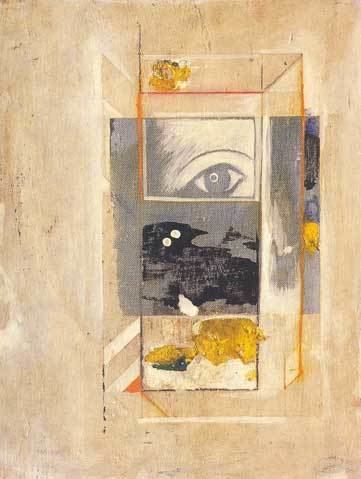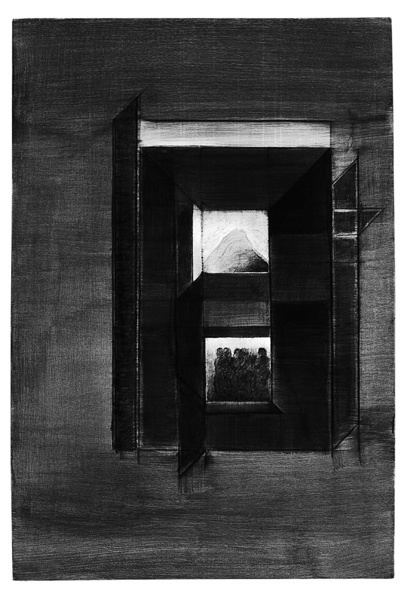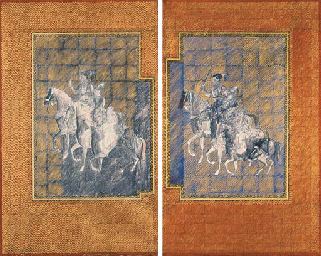Name Zahoor Akhlaq Role Artist | ||
 | ||
People also search for Sheherezade Alam, Mahmoud Alam, Momin Khan, Sarabjit Singh | ||
Pakistan kay namwar musawir zahoor ul akhlaq news package 18 jan 2016
Zahoor ul Akhlaq (February 4, 1941 – January 18, 1999) was a pioneering artist from Pakistan. He is known for his approach to painting, sculpture, design and architecture, as well as his teaching at the NCA (National College of Arts) in Lahore.
Contents
- Pakistan kay namwar musawir zahoor ul akhlaq news package 18 jan 2016
- Nca british council exhibition at zahoor ul akhlaq art gallery pkg by raza zaidi city42
- Background and family life
- Education
- Death
- Work and influences
- Selected shows
- Commissions and collections
- Designs
- Academic appointments
- Memorials
- Postage stamp
- Award
- References

Nca british council exhibition at zahoor ul akhlaq art gallery pkg by raza zaidi city42
Background and family life

Born in Delhi, India, he was the eldest in a family of 11 children. His family moved to Lahore in after the independence of Pakistan in 1947, eventually settling in Karachi. Akhlaq attended the Sindh Madrassah as a young boy and went to study in art in Lahore at the Mayo School of Arts now (NCA). In 1971, he married Sheherezade Alam, a potter, and the couple had two daughters, Jahanara, (1974–1999), Nurjahan (b. 1979).
Education

Death
Akhlaq along with his elder daughter, Jahanara, was shot dead in their Lahore home on 18 January 1999.
Work and influences

Akhlaq's painting invoked a dialogue between modernist abstraction and many traditional forms and practices found within South Asia (including Mughal Miniature painting, calligraphy and vernacular architecture). At a time when his contemporaries in South Asia were developing their work within a modernist tradition, or had primitivist leanings, he eschewed both schools by merging his interest in abstractions with traditional and vernacular practices. Although he evaded the label of an abstract artist, his work mostly fits this definition.
Akhlaq's influences are from a vast range of sources, which include painting, literature, philosophy, Sufism, dance, and music. His teaching and practice is considered to have had a significant impact on a generation of Contemporary Pakistani art and artists.
Selected shows
Commissions and collections
Designs
The logo the Indus Valley School of Art and Architecture in Karachi was designed by him. In 1981, he designed 2 of a set of 5 stamps issued to mark the Third Islamic Summit Conference at Makkah, Saudi Arabia. Both designs (40 paisas and Re 1) depicted an Afghan refugee girl.
Academic appointments
Memorials
The gallery at National College of Arts, Lahore is named in his memory as is the gallery at the Indus Valley School of Arts and Architecture, Karachi.
Postage stamp
On 14 August 2006, Pakistan Post issued a Rs. 40 sheetlet to posthumously honour 10 Pakistani Painters. Besides Zahoor ul Akhlaq, the other 9 painters are: Laila Shahzada, Askari Mian Irani, Sadequain, Ali Imam, Shakir Ali, Anna Molka Ahmed, Zubeida Agha, Ahmed Pervez and Bashir Mirza.
